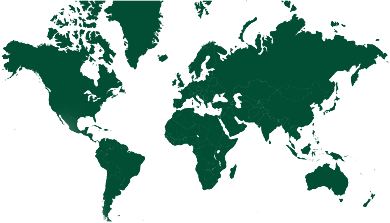Guidelines and manuals
2021 • Rich Earth Institute Urine my garden - Guide to using urine fertilizer for home gardens
This guide provides home gardeners with practical instructions for using urine as a fertilizer. It covers urine collection, storage, sanitization and application techniques while addressing common concerns such as odor management, nutrient content, and safety. The guide emphasizes the environmental benefits of urine diversion, including water conservation and pollution prevention. It is aimed at household gardeners, community garden groups, and sustainability advocates who seek to implement nutrient recycling at a small scale.
Recovered Materials & Products
Nutrients
Fertilizer
Waste Streams
Urine
Confirmed countries
Germany


What is this tool intended for?
The guide aims to educate and empower home gardeners to safely use urine as a nutrient-rich fertilizer. It provides practical advice on how to collect, store, and apply urine while ensuring environmental and health safety.
How does this tool work?
The guide walks users through a step-by-step process for urine fertilization, including:
- Collection: Using airtight containers to minimize odor and nitrogen loss.
- Sanitization: Recommended storage time and temperature for pathogen reduction.
- Application: Best practices for different crops, dilution guidelines, and soil integration techniques.
Who might use this tool and with which types of stakeholders?
- Home Gardeners: Individuals looking for sustainable fertilizer options.
- Community Gardens: Groups interested in collective urine recycling projects.
- Sustainability Enthusiasts: Advocates for water conservation and nutrient recycling.
- Educators: Teaching sustainability and circular economy concepts.
What stages of a process can this tool support?
- Planning: Assessing feasibility of urine collection, understanding storage needs and cultivation area needs.
- Implementation: Establishing urine collection and application routines.
Where can this tool be used?
- Residential gardens.
- Community garden projects.
- Small urban agriculture initiatives.
Case examples of where this tool has been used
The guide has been developed based on Rich Earth Institute’s experiences in Vermont, USA
Technologies
Themes
Design
Technologies
Operation and maintenance